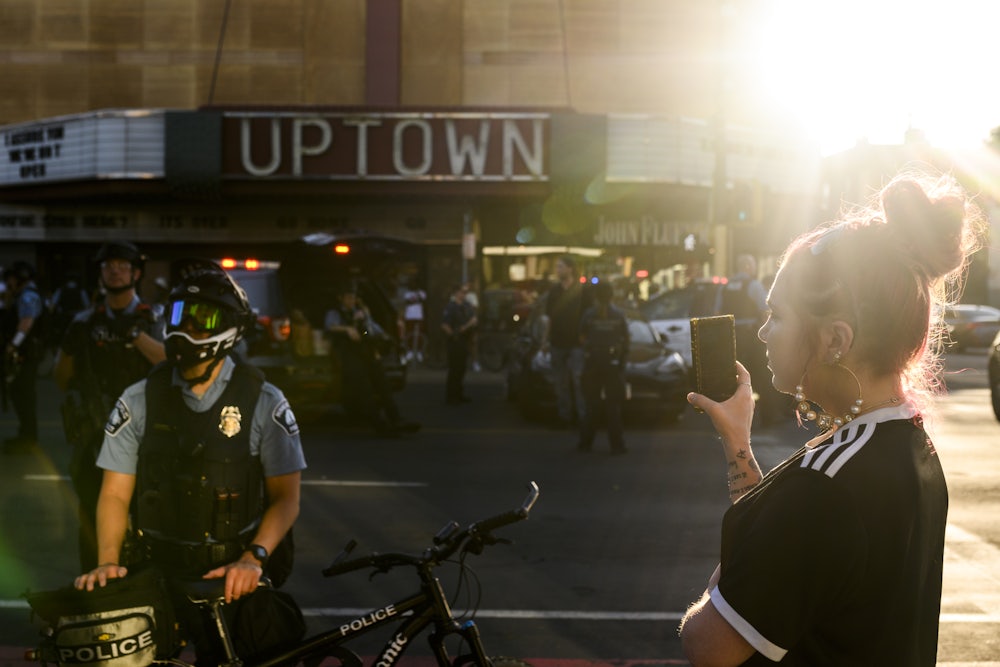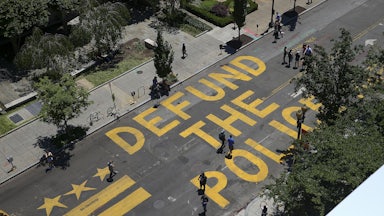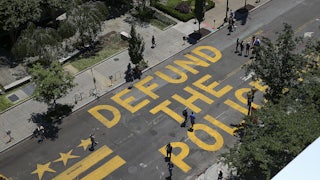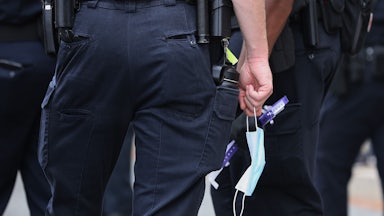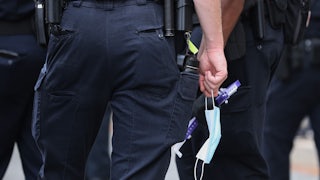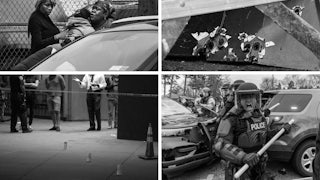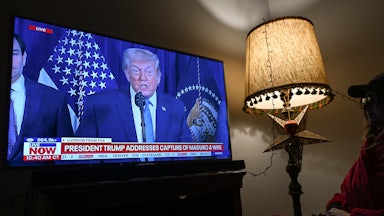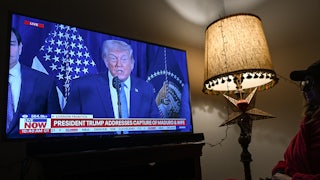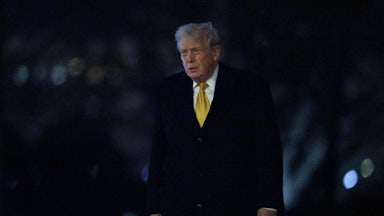On Tuesday, residents of Minneapolis voted on a ballot measure portrayed by many as a referendum on the public’s appetite for defunding the police. What was actually on offer, however, was a vague and vexing reshuffling of one of America’s most notorious forces. It was defeated by around 20,000 votes. Predictably, various pro-cop talking heads have begun to make the rounds to take the vote as evidence that “no one supports this nonsense.” In the hours after the ballots were counted, Republican lawmakers praised voters for rejecting the “extreme agenda” and “anti-police rhetoric allegedly at the heart of the proposed change.” “Defunding the police was never a good idea,” said Minnesota state Senator Jeremy Miller. Police reform has been transformed into such a potent right-wing symbol of the apocalyptic future liberals want that it’s sent most Democrats into a defensive crouch. And it’s likely that in coming weeks, the Minneapolis vote will be elevated as another example of how politically toxic and unpopular the issue is.
But while two of the City Council members who supported the measure lost their seats, another two who proposed to “end” the police remained installed—and after all, 46 percent of Minneapolis voters wanted the measure to pass. This was not a resounding defeat for an idea that would have been politically inconceivable two years ago.
The measures on the ballot weren’t even explicitly about defunding the police, and the city’s ability to transform the department would have been limited in the face of the power the police hold over the city. Minneapolis has become a national symbol of America’s big, expensive, unwieldy problem with the police. But even after an 18-year-old girl released footage of Derek Chauvin kneeling on George Floyd’s neck for an excruciating nine minutes and the city erupted, after protests rolled across the globe and the cops took the rare measure of turning against one of their own, after the City Council vowed to dismantle the Police Department, it’s proven near impossible to make even modest tweaks. The ballot initiative was clouded for months by bureaucracy and confusion, which resulted in a barely legible measure that couldn’t possibly address some of the most obvious systemic issues within the force.
For all the bluster about what the Minneapolis vote might mean for the future of policing and the movement to redistribute departmental funds, the measure that was actually on the ballot was remarkably sparse. It didn’t expressly defund the police or alter how cops deploy deadly force. It didn’t offer concrete alternatives or outline specific goals. How many cops would be employed by the city? The proposal couldn’t say. It simply moved police under a new Department of Public Safety, where they would likely work alongside therapists and case workers, and removed a city charter mandate that dictates how many officers the City Council is required to retain. It also would have placed some responsibility for this new department on the shoulders of the council—which is, conveniently, how pretty much every other agency besides the police is run.
Part of the problem was procedural: The ballot measure was wrung through a long and wonky process as it was redrafted and had its language challenged three times in court. During the spring, a plan to outline the specific contours of this new department and run a citywide survey were abandoned after an ethics officer cautioned council members that using public resources to sketch out a proposal would be construed as a sitting official generating ballot support. And over the summer, a judge struck down a version of the ballot that included an explanatory note. Frustration with the lack of details has been consistent across ideological lines. “It doesn’t make sense to me at this point that there is not a written plan,” the civil rights lawyer Nekima Levy Armstrong told The New York Times recently. “Quite frankly, I would take a drawing on a napkin,” said the current chief of police, during a press conference prior to the vote (which would later make him the subject of an ethics complaint).
But even leaving aside how broad the strokes were painted, it’s worth asking how truly transformative the passage of the measure might have been. Last week, for instance, the city sent a letter to officers and employees assuring them that if the measure were to pass, they’d keep their existing labor agreements and, as per state law, there would obviously still be cops. The labor agreement that covers the Minneapolis Police Department, for instance, prohibits officer misconduct from being recorded if it doesn’t trigger disciplinary action and gives cops entire days to come up with a story between the time they’re accused of wrongdoing and when they record their official reply. It also, as with many other departments across the country, enshrines a system that allows police to appeal a termination—a system that in some jurisdictions has been found to reinstate 70 percent of fired cops.
The MPD union has also been enormously successful in rolling back or ignoring previous attempts to reform the department. In 2019, Minneapolis Mayor Jacob Frey banned the “warrior-style” training that renders the work of policing as a combat situation in hostile territory; the city’s police union immediately offered the training for free. In 2020, Minnesota passed a law restricting how officers could use deadly force; a group of police unions sued the state in response. “The use of deadly force is one of the most critical aspects of a police officer’s duties,” said the executive director of the Minnesota Chiefs of Police Association at the time. A judge blocked the law from going into effect while the lawsuit makes its way through the courts.
Calls to defund the police or dismantle entire departments are made with this history of reform in mind. There just isn’t much room for a series of gradual changes undertaken in good faith when attempts to impose limits on a well-armed agency are so aggressively and dishonestly dismissed. Thirty years ago, under political pressure following the brutal police assault of Abner Louima, the mayor of New York poured money into a terminally underfunded Civilian Complaint Review Board with the idea that cops are less likely to police their own. Those civilians overturn hundreds of their own decisions every year, helping to clear cops of wrongdoing, and when they do make recommendations to the New York Police Department, they are generally ignored. Sure, that leaves the question of whether municipalities could ever drum up the political support for more transformative structural changes in policing, particularly in a moment when pundits are underlining a rise in violent crime and measures like the Minneapolis ballot question are kneecapped by red tape. But there’s also a question of what happens if those municipalities get there, and how police (and their political allies) will respond to mandates if voters approve them. It’s not a population particularly well known for gracefully accepting civilian rules.
